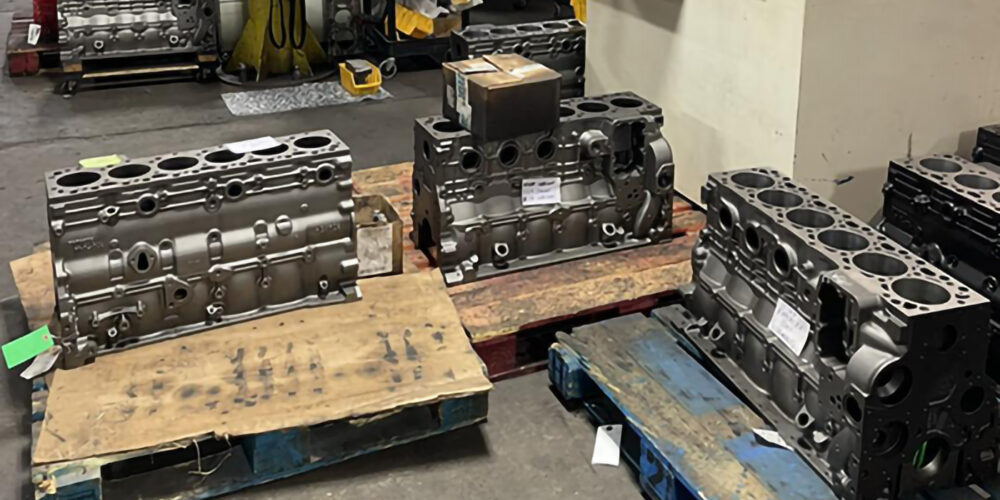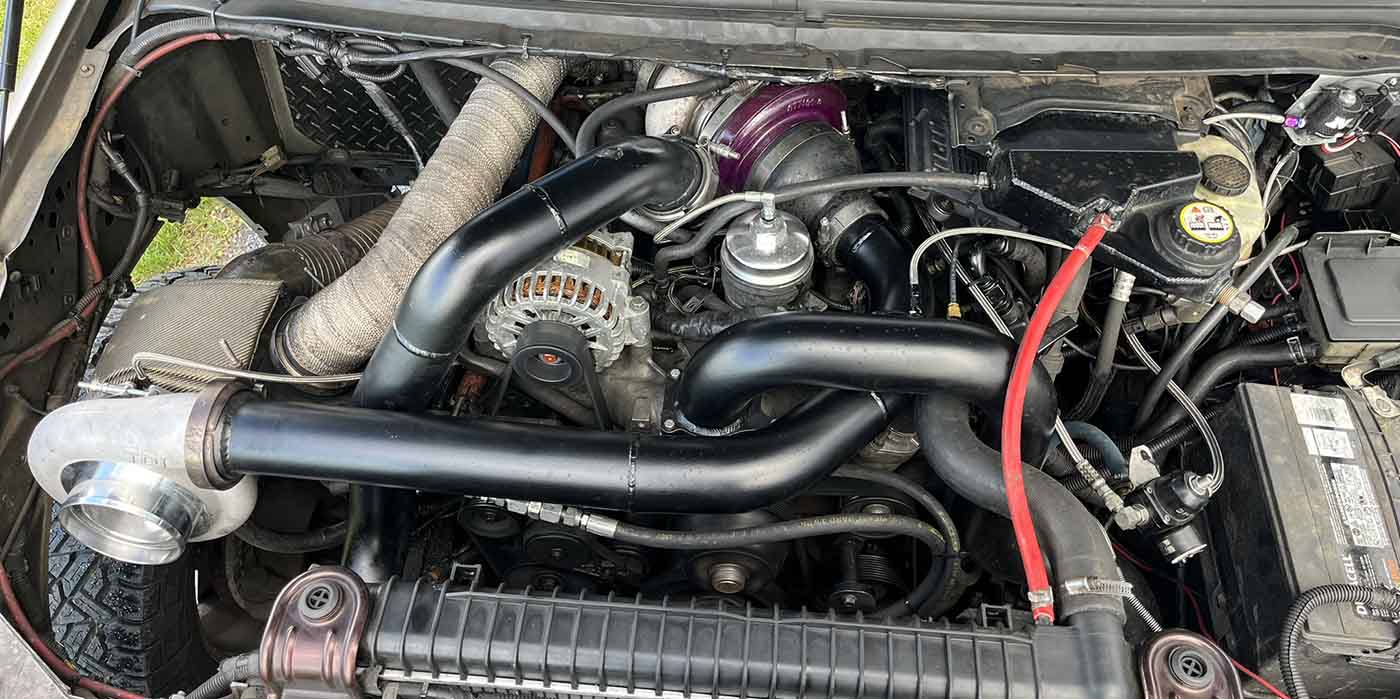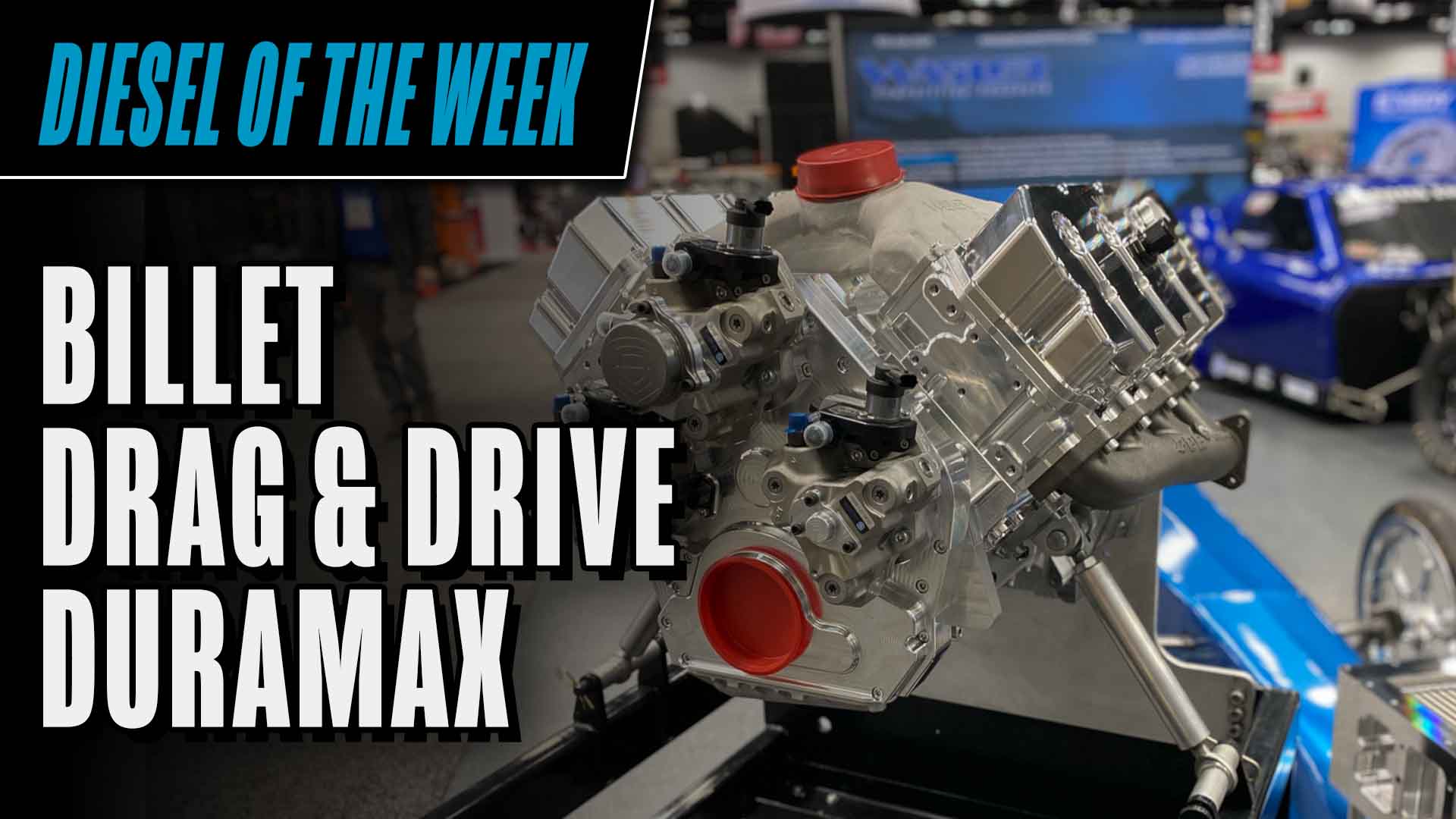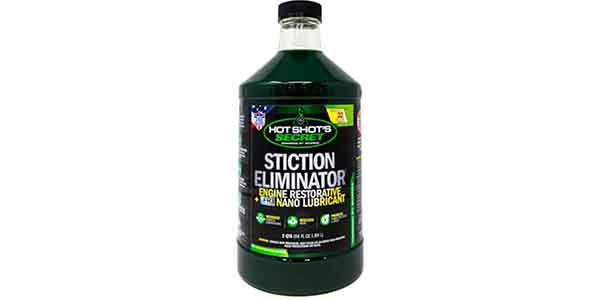D&J Precision Machine has specialized in Cummins diesel engine performance since its beginning in 2009. When Covid hit we saw a huge drop in sales. Luckily, it only ended up lasting a couple months, but it had us scrambling to figure out what to do to keep all our guys employed, and the banks off our backs.
We have CNC machines, so we can literally make anything. We looked at doing work for other companies, but quickly learned they were also slow, and it was like starting over for us with a brand-new business. We had no contacts or avenues to bid for jobs or even know where to go to find them.
Our next plan was to expand our offerings outside of the Cummins engines we specialized in. We know that would broaden our reach, but the cost in cores, tooling, fixtures, and the learning curve of all the issues those engines had was just going to be too costly for us to absorb at the time.
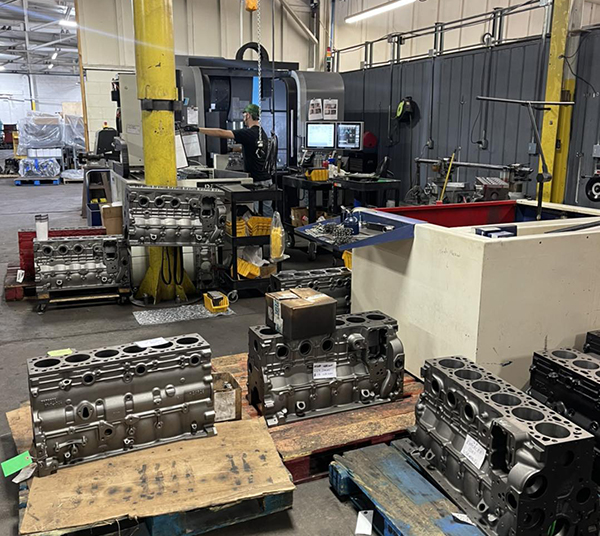
After weighing our options, we decided to add three more engine levels to our line-up to cover the lower horsepower customer demand. We had always built stock engines, but never really pushed them and never really came up with a combination for them that could be more mass produced. About 98% of our work, to that point, had been 1,000-plus horsepower applications. That had always kept us too busy – to the point where we always struggled to keep up with demand. Covid taught us many things, but one of the biggest things it taught me was how we need to be more diverse, and we need to really think about having parts of the business that will continue when the economy is slow.
Our goal moving forward is to get the lower horsepower platforms to be more than 50% of our business. At this point, volume-wise, they are roughly 50/50, but the cost is less in the low-hp engines, so the gross dollar amount is not quite there. One of the biggest hold-ups for us in the low-hp market is just keeping up with demand at this point. We struggle the most with cores. We are shipping around five engines a week and at least 10 cylinder heads.
For us, the biggest battle is getting customers to send their cores back, so we can start the process all over again. We are constantly purchasing cores to try and get ahead of demand. The customers who need an engine for their work truck need it as soon as possible. It seems like we can never get to the point where we are working on our own engines for inventory. If we get the schedule cut back to two weeks out for low-power engines, we get covered right back up.
The high-performance customers know they are facing longer lead times on engines and can usually plan around that throughout their year. They come back every couple years or so for a refresh, but they can work around the schedule for the most part. Our experience in the high-performance market gave us an advantage transitioning into the lower-hp engines. We know where the failure points are for each of the components, so we can advise the customers best as to what will work great in their application.
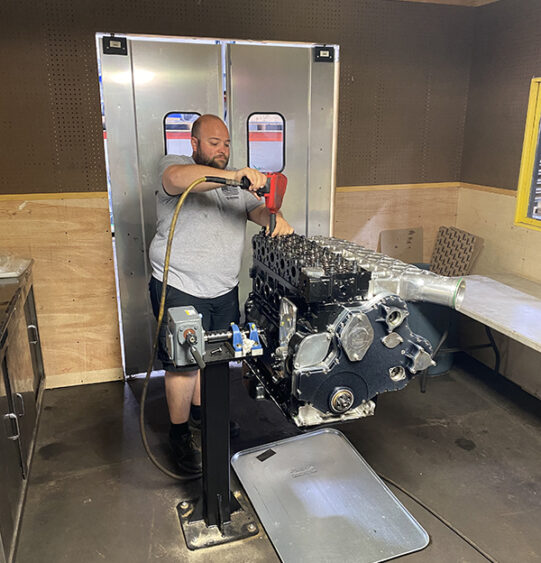
The shop had to be reconfigured to move more volume and we added some better equipment to speed up some of our processes, one of which was a Newen seat and guide machine. This has been one of our best investments since transitioning to the low-hp applications. I had always seen them at PRI and thought of them as more of a high-end machine for custom work, but in reality, its speed and accuracy make it a great machine for production work as well. It always does a great job eliminating lapping valves, which takes time. On the high-performance side, we can literally design any seat profile we want and the Newen has improved our performance cylinder heads as well.
Another machine that helped with the production for us was our cylinder hone. When we started, I could not afford a CNC diamond cylinder hone and we were stuck with an old Peterson power stroker hone. We could get what we wanted with it, but it took a lot of time and an operator that could get the “feel” of it. On some of our performance blocks we could spend 4-6 hours honing with the old machine to get the size and surface finish spec we wanted.
We ended up with a Rottler H80 hone and it has been a life saver. We can do the same job in an hour and save programs that even get our surface finish spot on. It is much easier to train, and the block guys can keep it running while working on a line bore or the machine boring blocks.
Processing cores also needed to speed up, so for that we went with a bake and blast set up. I wish I had done that years before! It has saved us countless hours and gets our castings looking brand new. This saves us time all the way through the process. When we were cleaning with hot water spray cabinets, we could never get all the carbon out of the intake from these EGR engines. We would spend hours on final cleaning and assembly getting this stuff out of the heads. We did not fight this near as much when every head got ported, but when they were not, it became a large problem.
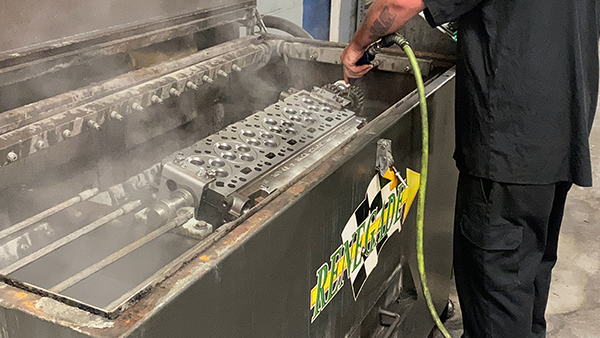
With the higher production, we were also spending too much time on final cleaning after machining. For that we went to Renegade Parts washers to build us a custom parts washer. In this washer, we turn the blocks and heads like a rotisserie chicken. I had worked on several designs over the years and just never had the time to build it. I gave them my idea and they ran with it. They built custom fixtures and modified one of their existing parts washers. This has saved us hours in cleaning time. With the blocks and heads rotating, all the debris falls out of the bolt holes and coolant jackets. When the cycle is finished, you can continue to rotate the parts and a quick blow off with a blow gun and they are ready for inspection.
Last fall, we started implementing a new software system to track inventory, our time in each project, and better manage our workflow and communication. This has been a much larger project than I had imagined it would be, but we can see the light at the end of the tunnel and for the first time we can track all the time that goes into an engine from the core department, block and head departments, all the way to assembly. It has helped us forecast demand for parts and helped us make sure everything is in line and ready when the engine is scheduled for assembly.
We still have a lot of issues to resolve with it, but it has been well worth the investment. I wish we had started with something like this when we were smaller and had fewer moving parts. I think back at the struggles and hours we spent counting inventory, guessing at what we really needed, and it would have paid off years ago. The communication is also much better. We can specify things in the work orders that keep mistakes from happening and the wrong combination from getting in the engine.
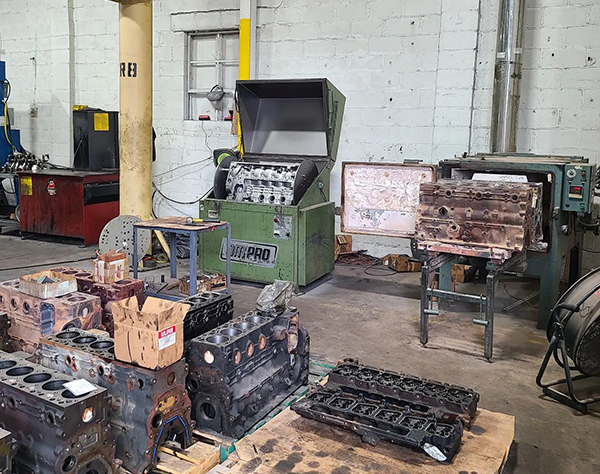
Our shop has constantly evolved throughout the years. I do not think that will ever change. We have spent the last few years identifying bottlenecks and coming up with solutions to solve them, whether it is solving a quality issue or an issue where we must cut time out of the job to be more competitive on pricing. The lower-hp market is much more competitive in terms of pricing and the high-performance side is more about solving problems that come up as they keep pushing for the next record or the competition keeps getting better.
Having to accommodate both sides has made us stronger as a company and allowed us to grow in times where many businesses died. We have more than doubled our gross sales since Covid. We have been able to employ more guys to support their families, and I hope we can continue down that path for a long time to come. EB

